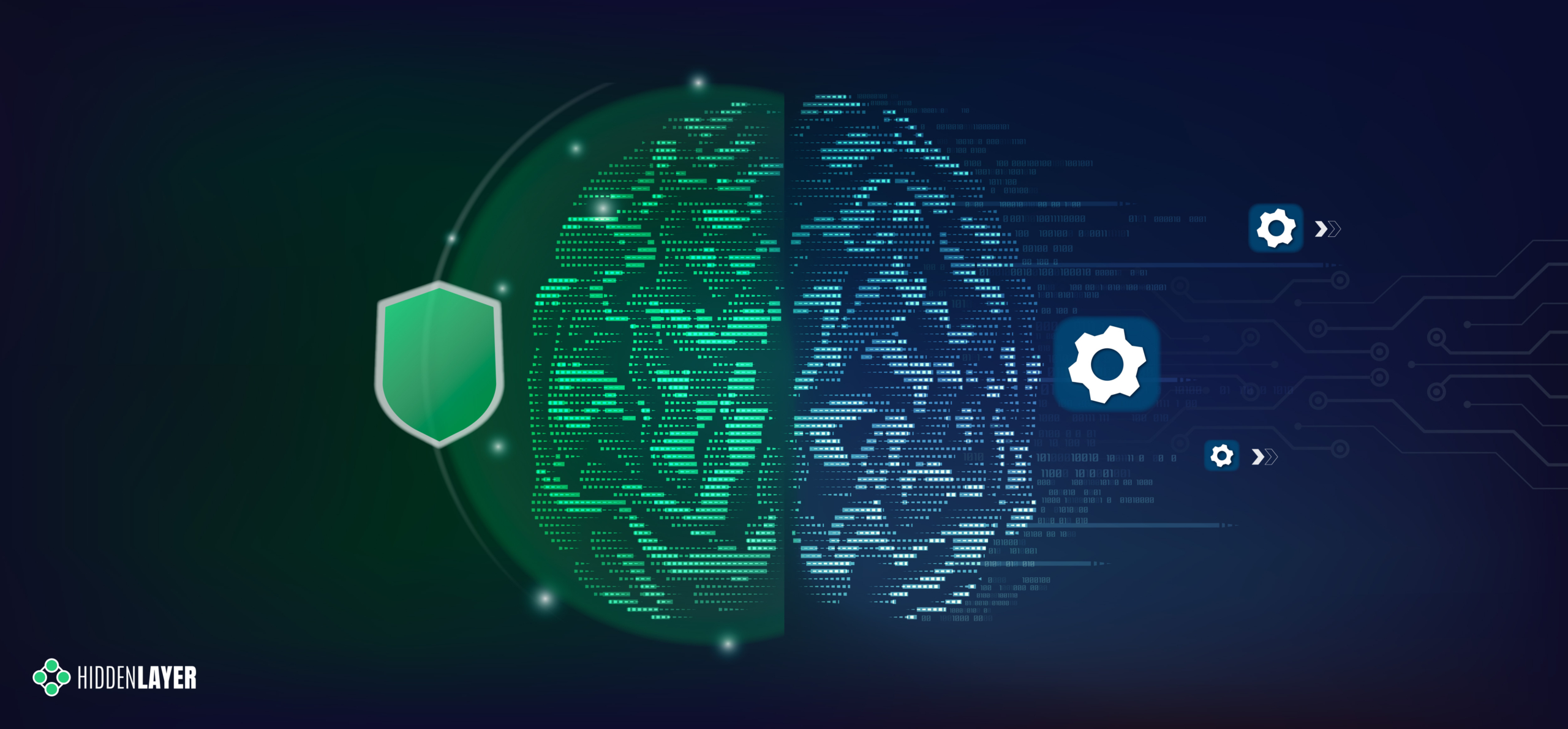AI is the latest, and likely one of the largest, advancements in technology of all time. Like any other new innovative technology, the potential for greatness is paralleled by the potential for risk. As technology evolves, so do threat actors. Despite how state-of-the-art Artificial Intelligence (AI) seems, we’ve already seen it being threatened by new and innovative cyber security attacks everyday.
When we hear about AI in terms of security risks, we usually envision a superhuman AI posing an existential threat to humanity. This very idea has inspired countless dystopian stories. However, as things stand, we are not yet close to inventing a truly conscious AI and there’s a real opportunity to use AI to our advantage; working better for us, not against us. Instead of focusing on sci-fi scenarios, we believe we should pay much more attention to the opportunities that AI will provide society as a whole and find ways to protect against a more pressing risk – the risk of humans attacking AI.
Academic research studies have already proven that machine learning is susceptible to attack. For example, many products such as web applications, mobile apps, or embedded devices share their entire Machine Learning (ML) model with the end-user, causing their ML/AI solutions to be vulnerable to a wide range of abuse. However, awareness of the security risks faced by ML/AI has barely spread outside of academia, and stopping attacks is not yet within the scope of today’s cyber security products. Meanwhile, cyber-criminals are already getting their hands dirty conducting novel attacks to abuse ML/AI for their own gain. This is why it is so alarming that, in a Forrester Consulting study commissioned by HiddenLayer, 40% -52% of respondents were either using a manual process to address these mounting threats or they were still discussing how to even address such threats. It’s no wonder that in that same report, 86% of respondents were ‘extremely concerned or concerned’ about their organization’s ML/AI model security.
The reasons for attacking ML/AI are typically the same as any other kind of cyber attack, the most relevant being:
- Financial gain
- Securing a competitive advantage
- Hurting competitors
- Manipulating public opinion
- Bypassing security solutions
The truth is, society’s current lack of ML/AI security is drastically hurting our ability to reach the full potential and efficiency of AI powered tools. Because if we are being honest, we know manual processes are simply no longer sustainable. To continue to maximize time and effort and utilize cutting edge technology, AI processes are vital to any growing organization.
Figure 1.1
As we can see in the figure above, cyber risk is increasing at an accelerated rate given where the control line sits. Looking at this we understand the complicated position companies currently reside in. To say yes to efficiency, innovation, and better performance for the company as a whole is to also say yes to an alarming amount of risk. Saying yes to this risk can mean the possibility of hurting a corporation’s materiality and respectability. As a shareholder, board member, or executive, how can we say no to the progress of business? But how can we say yes to that much risk?
However it is not a complete doomsday.
Fortunately, HiddenLayer has over thirty years of developing protection and prevention solutions for cyber attacks. That means we do not have to impede the growth of AI as we ensure it’s secure. HiddenLayer and DataBricks have partnered together to merge AI and cybersecurity tools into a single stack ensuring security is built into AI from the Lakehouse.
Databricks Lakehouse Platform enables data science teams to design, develop, and deploy their ML Models rapidly while HiddenLayer MLSec Platform provides comprehensive security to protect, preserve, detect, and respond to Adversarial Machine Learning attacks on those models. Together, the two solutions empower companies to rapidly and securely deliver on their mission to advance their Artificial Intelligence strategy.
Incorporating security into machine learning operations is critical for data science teams. With the increasing use of machine learning models in sensitive areas such as healthcare, finance, and national security, it is essential to ensure that machine learning models are secure and protected against malicious attacks. By embedding security throughout the entire machine learning lifecycle, from data collection to deployment, companies can ensure that their models are reliable and trustworthy.
Cyber protection does not have to trail behind technological advancement, playing catch up later down the line as risks continue to multiply and increase in complexity. Instead, if cybersecurity is able to maintain pace with the advancement of technology it could serve as a catalyst for adoption of AI for corporations, government and society as a whole. Because at the end of the day, the biggest threat to continued AI adoption is cybersecurity itself.
For more information on the Databricks and HiddenLayer solution please visit: HiddenLayer Partners with Databricks.




